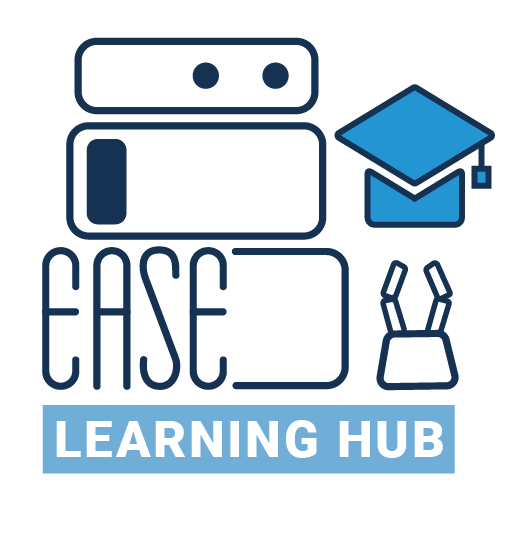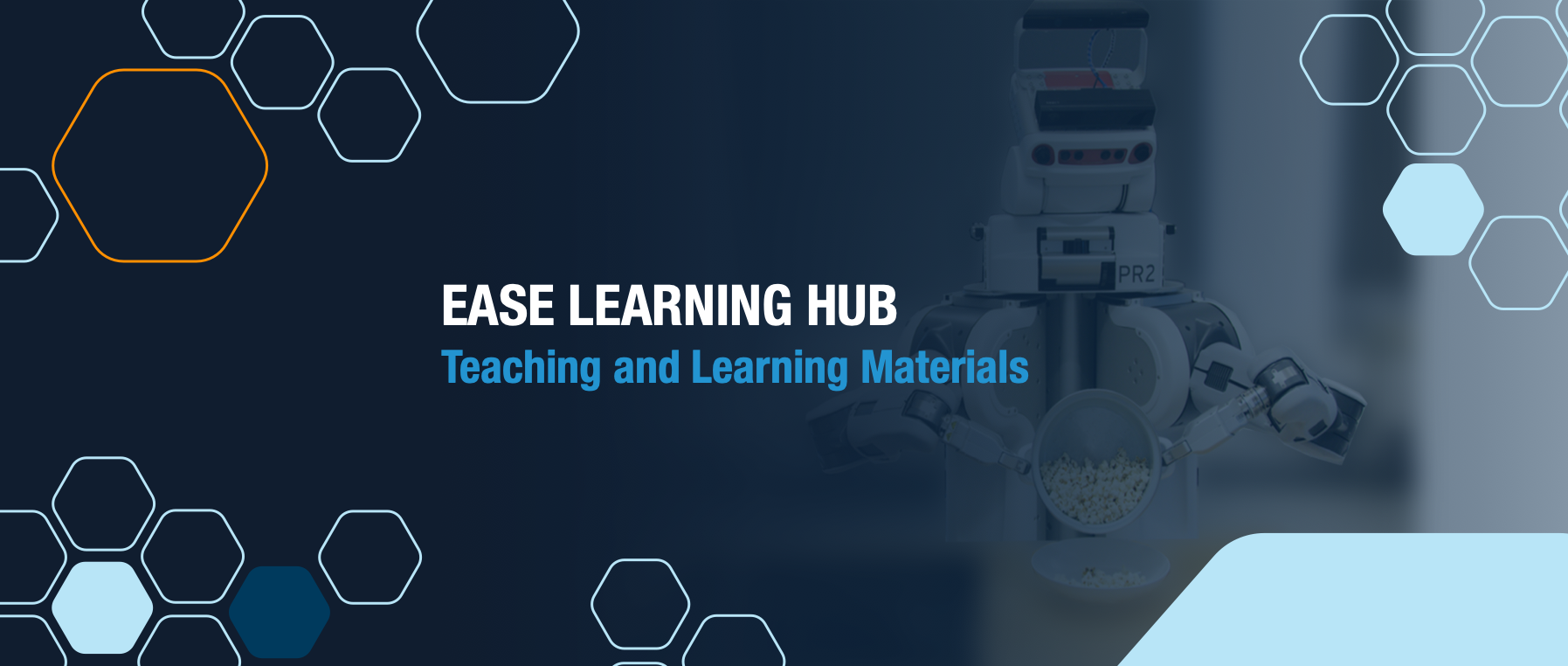The role of interaction in cognitive robotics
Part 10: The interaction between people is often comprehensible and very natural. A newborn learns any kind of interaction by just imitating and trying it out. But what about robots? What role does interaction play in cognitive robots? Alessandra Sciutti's exciting presentation addresses exactly this topic and answers these questions.

